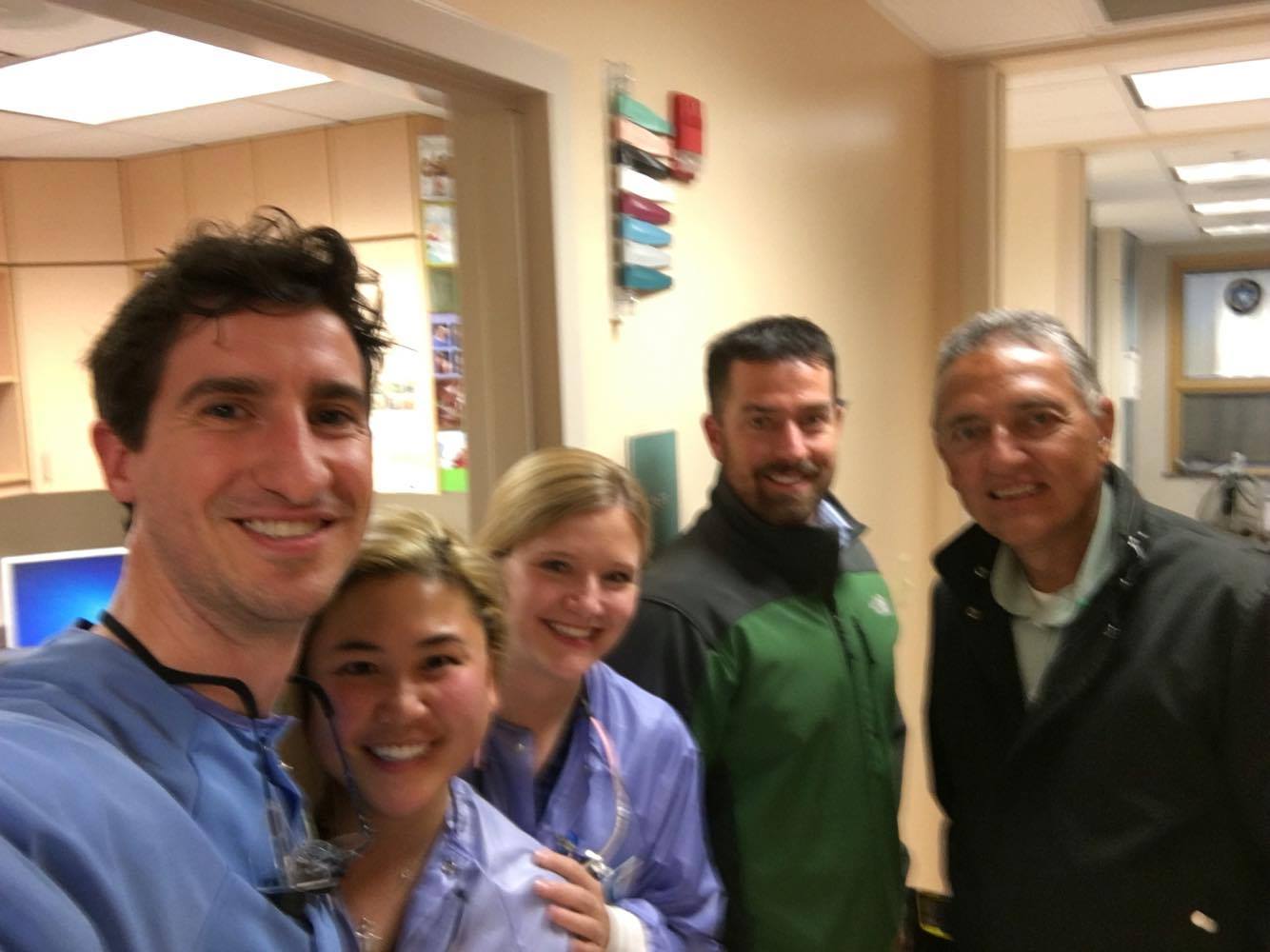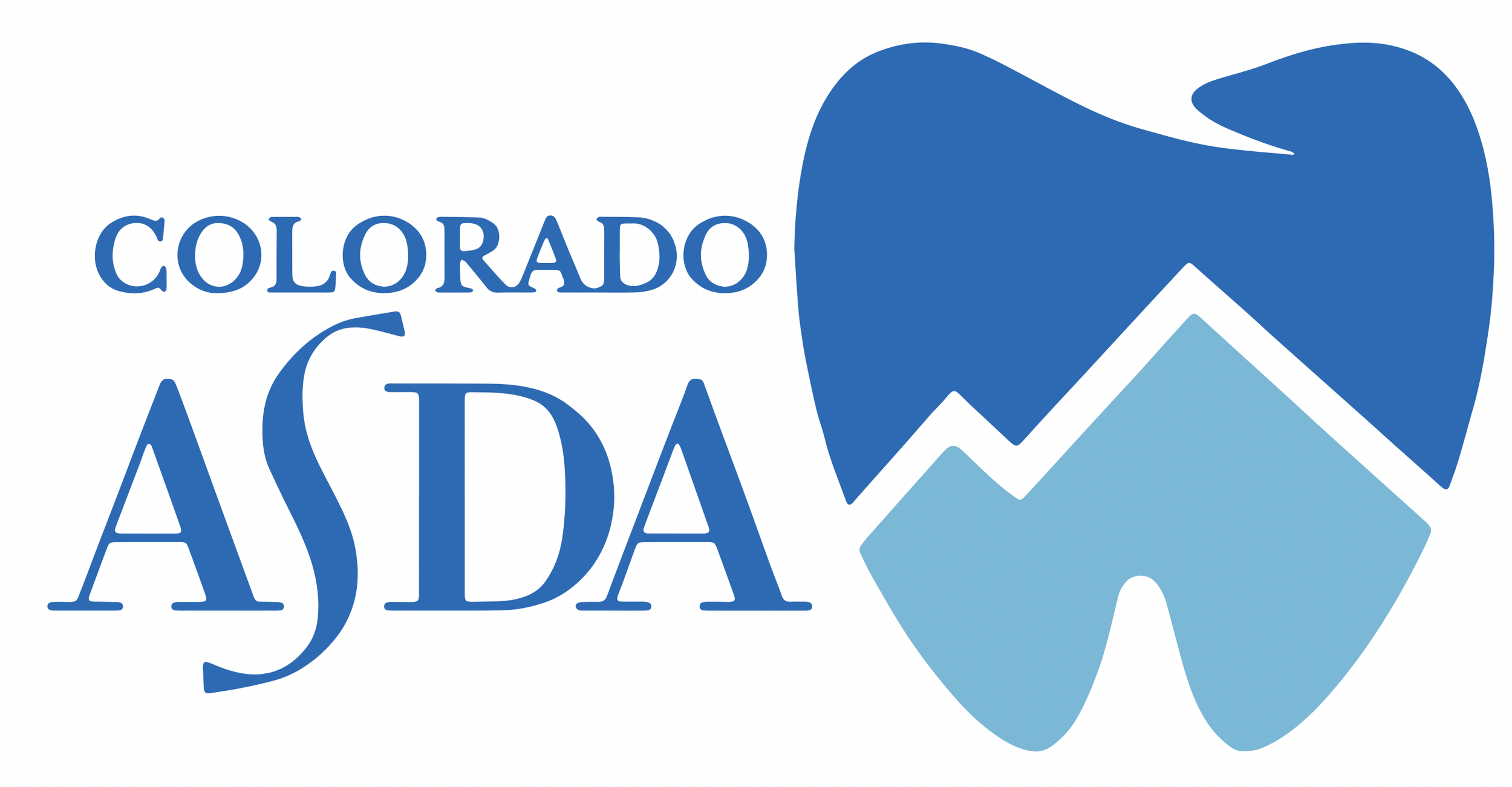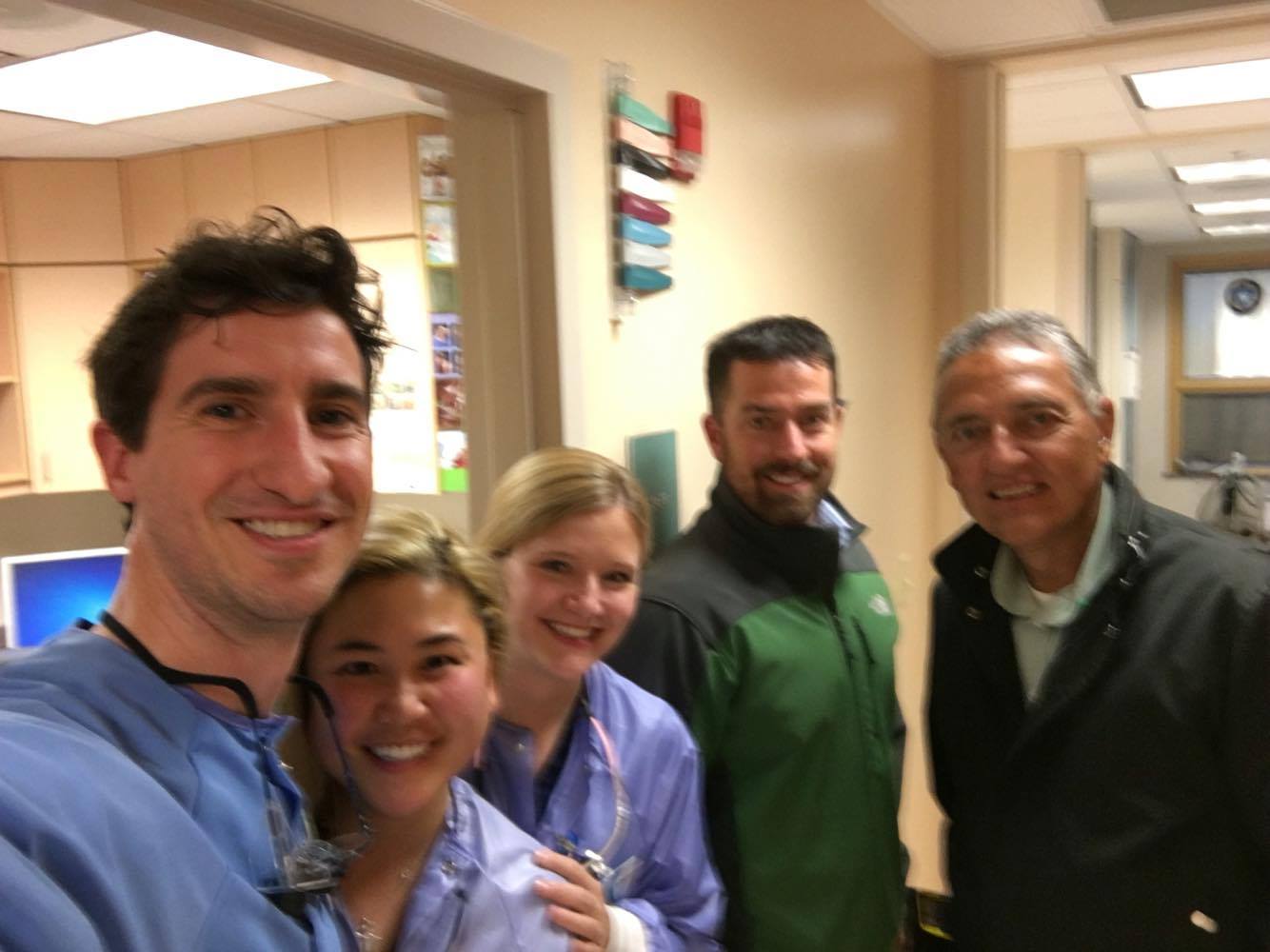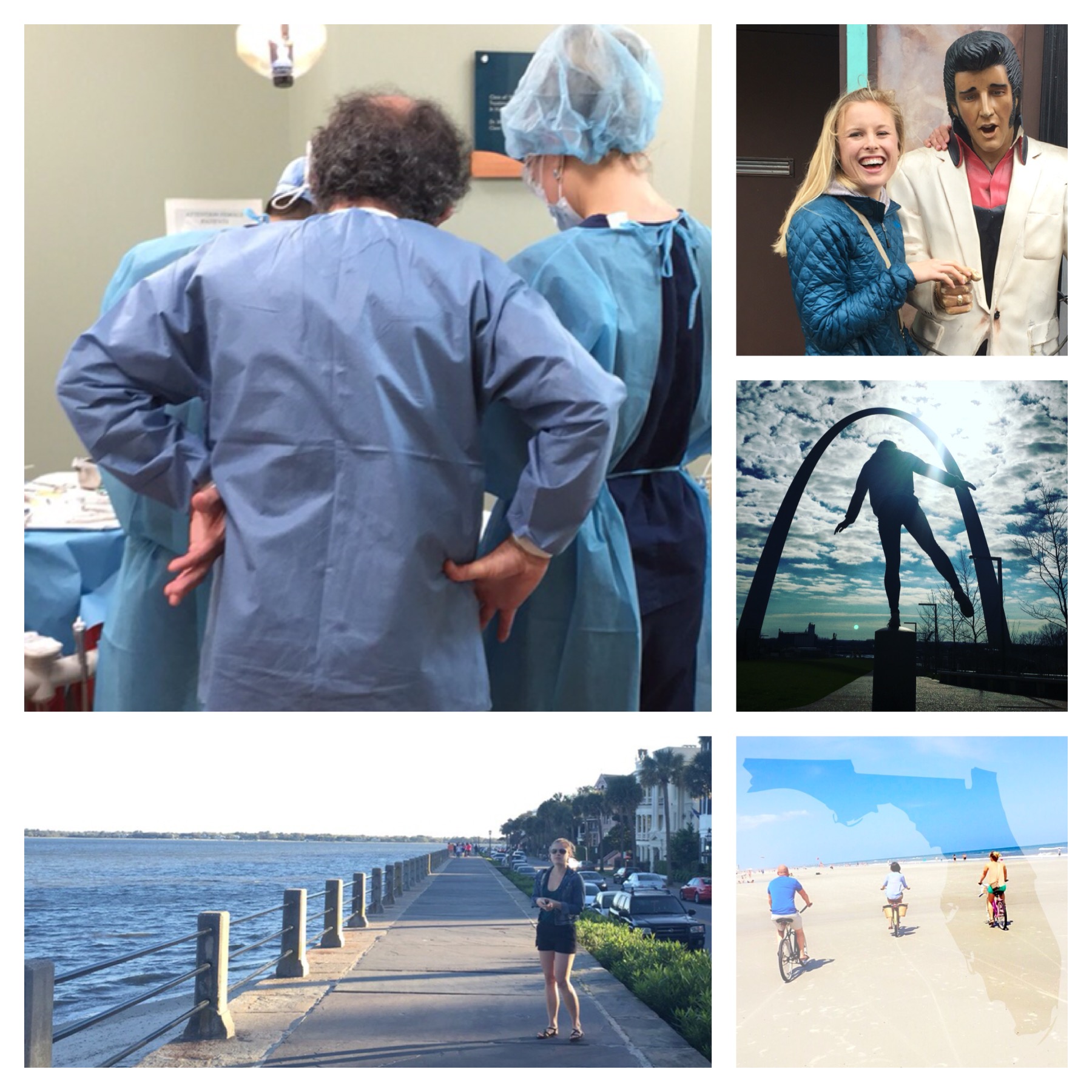 ACTS… those four letters—that one word—marking light at the end of a very long tunnel we all know as dental school. I never thought I’d ever make it through all of the PowerPoints, Scantron exams, lab practicals, and perio lab cleanings before the school would trust me enough to send me off to get a taste of real world dentistry. For my first rotation, I was sent to Grand Junction—on Colorado’s western slope—where I spent three weeks working at the Marillac Clinic.
ACTS… those four letters—that one word—marking light at the end of a very long tunnel we all know as dental school. I never thought I’d ever make it through all of the PowerPoints, Scantron exams, lab practicals, and perio lab cleanings before the school would trust me enough to send me off to get a taste of real world dentistry. For my first rotation, I was sent to Grand Junction—on Colorado’s western slope—where I spent three weeks working at the Marillac Clinic.
ACTS stands for Advanced Clinical Training and Service Program. Each student spends approximately 2-3 weeks in a dental clinic or practice (usually in areas that are considered underserved) in a location in just about every corner of the state of Colorado. The student then returns to the school clinics for 2 weeks, and then another 2-3 weeks in a different location. This cycle continues for the summer and fall of the fourth year of dental school.
There are a few things I learned about ACTS while I was away from school. First, there is a life beyond axiUm (the dreaded patient software) and the endless amount of faculty approvals needed to complete a new patient exam or even a simple restoration. Appointments weren’t spent stalking faculty for a “quick” check or swipe. There was so much freedom! The second thing I learned while on ACTS was that having an assistant is ah-mazing. To be truthful, my clinic didn’t have assistants dedicated to us students. But, there were days when one of the doctors wasn’t in and those assistants were all ours. Fourhanded dentistry, as Dr. DeLapp describes it, is a real thing and it’s something to look forward to. I found myself not having to de-glove every 10 minutes to get up and grab something. These small perks seem to make the strongest impressions. Lastly, we really are well prepared for life after dental school. Being that I was in the first group in my class to go on rotation, I thought I might be at a disadvantage because I was less experienced. For the first couple of days, I was a little unsure of my abilities and myself. As time went on, I gained more confidence and was able to get a patient in and out of the chair in an hour or less. That’s right, dental appointments don’t last two and a half hours on ACTS like they do at the dental school. Sure, we will never know everything there is to know about dentistry. Just know that you won’t be completely lost—even though some people try to tell you otherwise! Just make the most of the experience, and you’ll learn a lot!
Here are some tips to make the most of your ACTS experience:
- Be confident, but not cocky. Realize that you have some skills! You’ve been seeing patients since fall of second year. You’re a DS3.5 now, you know a little something. Just don’t try to be a hero, know your limits and when to stop and ask for help; that’s why these clinics have preceptors.
- Don’t just sit around. Some clinics give students their own columns with their own patients and some don’t. If you have an opening in your schedule, look at the other doctor’s schedule and ask if you can see his or her patient for that appointment.
- The doctors aren’t the only ones providing you with some education. Work with your assistant. They’ll teach you how to do dentistry with another person other than your patient. We get so used to working alone at school or using our patients as assistants to hold the suction. Take advantage of the fact that you have an extra set of hands.
- Remember, you’re not in Aurora anymore. If you get sent to a distance site, don’t whine about how far you are from home. Instead, adventure out and see what your new town has to offer. Go hiking, fishing, camping, tour a microbrewery, eat at a new restaurant, or something else super Colorado-y.
Good luck!




















